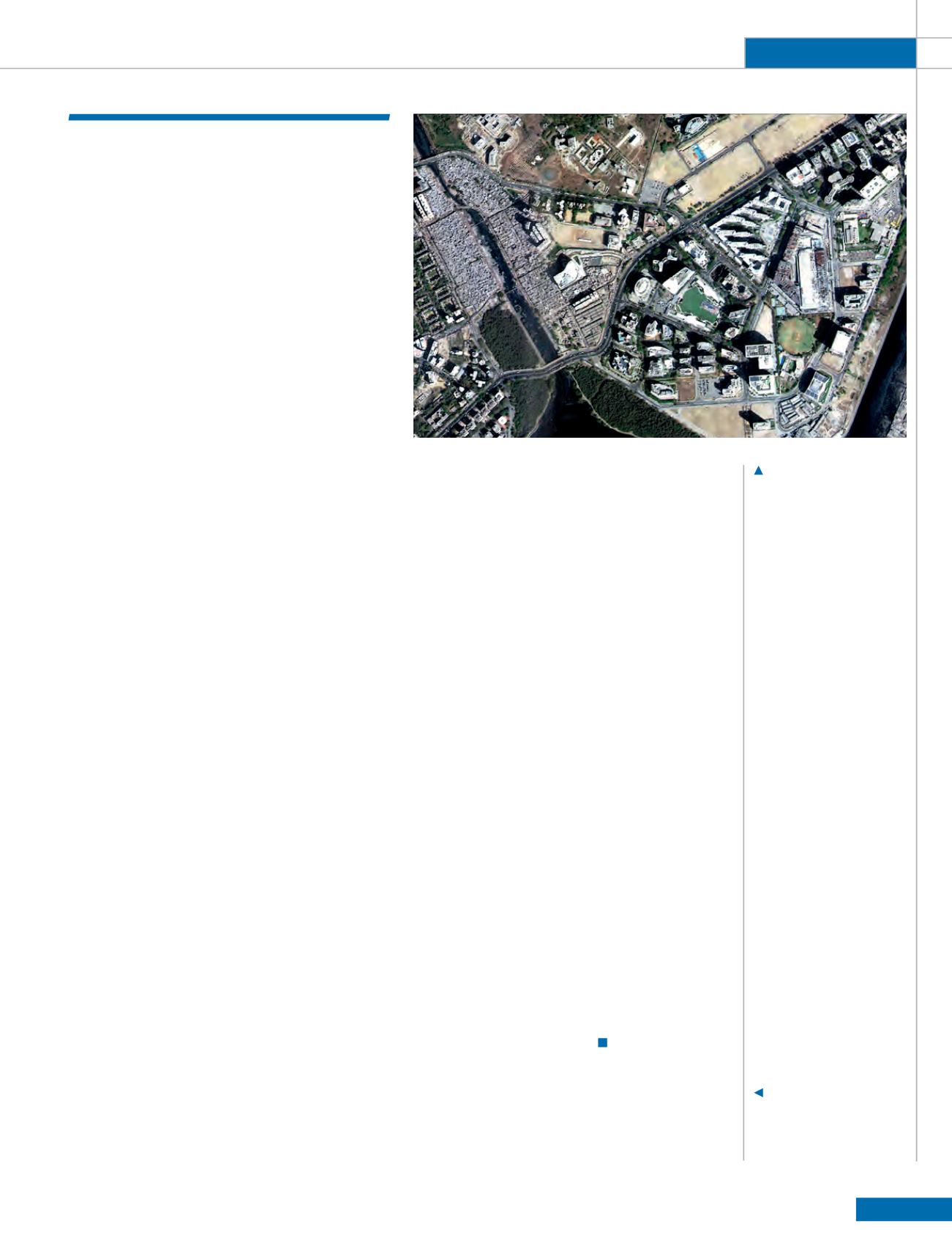
ROOM
59
Astronautics
they are is amply evident from the fact that
on 6 July 2016, the US Committee on Science,
Space and Technology wrote a letter to former
American secretary of state, John Kerry,
secretary, department of commerce, Penny
Pritzker, US trade representative Michael
Froman and director of the office of science
and technology, John Holdren, expressing
concern regarding US satellites being launched
in India.
They suggested that US launch services were
at a disadvantage as they were being wiped
out of competition for the launch of micro and
nanosatellites. Similar concerns had also been
expressed at a US hearing on ‘The Commercial
Space Launch Industry: Small Satellite
Opportunities and Challenges’ held in April 2016.
To date, India has carried 113 US satellites of
which 96 are part of the 104 deployed on February
15. India has flown 180 foreign satellites for 23
countries, the first one being DLR Tubsat of
Germany on 26 May 1999.
A spokesperson for San Francisco-based Planet
which flew 88 of its satellites in ISRO’s recent
mission, said that the organisation will continue to
collaborate with the Indian space agency whatever
the policy of US President Donald Trump!
So the days ahead will see 104 and counting.
ISRO is most definitely in the ascendency and
promises to be true ambassador for ‘brand India’ in
the months and years ahead.
About the author
Srinivas Laxman, a space journalist and author, contributes regularly to
the
Times of India
, India’s leading national daily. He has authored four
space-themed books – a biography of Abdul Kalam, rocket scientist,
who became President of India, a book on India’s first mission to the
Moon, and two on the country’s mission to Mars.
that India could overtake China in the commercial
space launch business.
China’s inability to access components and parts
from the US are part of its problem. According to
the Global Times, “India’s achievements are largely
driven by its low price advantage, a weak point for
China’s commercial space sector.”
“Competition with India for commercial space
launches may be inevitable and the most urgent
action needed for China is expand its market
share is to reduce the cost of putting satellites
into orbit.”
Reports from other world capitals, including
Washington and London, responded to the
ground-breaking 104 satellite mission success by
suggesting India had emerged as a key player in
the global space sector.
When it became known that ISRO was
raising the number of satellites on the mission,
international customers formed a queue to have
their spacecraft launched. To date ISRO has
earned more than 100 million dollars through
the launch of foreign satellites and, in this latest
mission, recovered half the cost by carrying 101
foreign satellites.
Certainly, this was not on account of any special
loyalty they had towards India but because the
overall launch as compared to other international
rocket launches is cheaper.
Information obtained from various sources,
show that a SpaceX Falcon 9 launch costs Rs
381 crores; other rockets-a Russian Proton Rs
455 crores; Japan’s H-11A, Chinese Long March,
Arianespace Ariane-5 and the American Atlas
5 each cost Rs 6,692 crores. Against these
a launch by ISRO’s PSLV is estimated to be
around Rs 100 crores.
One of the main reasons for the comparatively
lower launch price in India is largely due to
the cheap labour costs. A highly qualified ISRO
scientist earns much less than his counterpart
in NASA.
The fact that an increasing number of foreign
agencies are turning towards India to launch
their satellites is reportedly causing concern
among American space officials. How worried
One of the first images
from ISRO’s Cartosat-2
satellite returned the day
after launch and showing
part of the commercial
centre and Mithi River,
Mumbai, India.
Some of Planet’s 88
small ‘Dove’ satellites
flown into orbit aboard
India’s Polar Satellite
Launch Vehicle.
An increasing number of foreign
agencies are turning towards
India to launch their satellites and
this is reportedly causing concern
among American space officials


